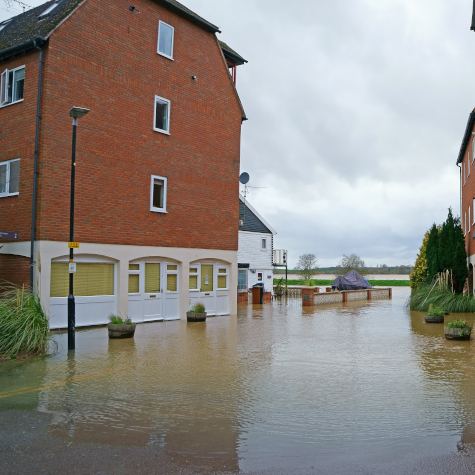The discourse around climate change has evolved from a distant concern to a pressing reality, significantly impacting industries across the board. Real estate is no exception, with property investors facing a changing landscape shaped by rising temperatures, extreme weather events, and sea-level rise.
One fundamental shift is the increasing likelihood of physical damage to properties due to climate-related incidents. Property is both a victim and a contributor to the problem, as housing remains a substantial contributor to global carbon emissions. As global temperatures rise, the frequency and intensity of extreme weather events like hurricanes, wildfires, and flooding, are on the ascent. Even the UK has experienced the highest temperatures on record in 2021 and 2022, while wetter winters and increased flood risk are altering the landscape.
These changes pose significant risks to property values. Environmental surveys estimate that millions of properties will face climate impacts by 2050. This extreme weather not only leads to costly physical damage to homes and investments but also negatively affects property valuations by influencing net operating income and investor demand.
Insurance costs are another critical factor reshaping property values. As insurers incorporate forward-looking climate risk into their models, rising premiums affect properties exposed to natural disasters. In the aftermath of events like storms or floods, homes in affected areas may witness a decline in value, even if they escape physical damage. The cost of insurance becomes a determining factor, impacting both property owners and potential buyers.
Sea-level rise is a particular threat to coastal properties, and areas vulnerable to flooding face devaluation. By 2050, millions worldwide may find their homes below the elevation of annual coastal floods, highlighting the urgency for adaptation and mitigation measures.
Amid these challenges, there is a growing awareness of the need for sustainable and climate-resilient properties. Green infrastructure and sustainable building practices are gaining traction as property buyers become more discerning in their choices.
In this dynamic environment, real-estate players must proactively address climate risks, incorporating them into valuation models and investment decisions. The shift toward sustainable property practices not only proactively mitigates risks but also opens avenues for creating long-term value in a climate where adaptation is no longer a choice but a strategic imperative.
For a more detailed discussion on this topic, we invite you to read our thought leadership article by clicking below.
Read the article

